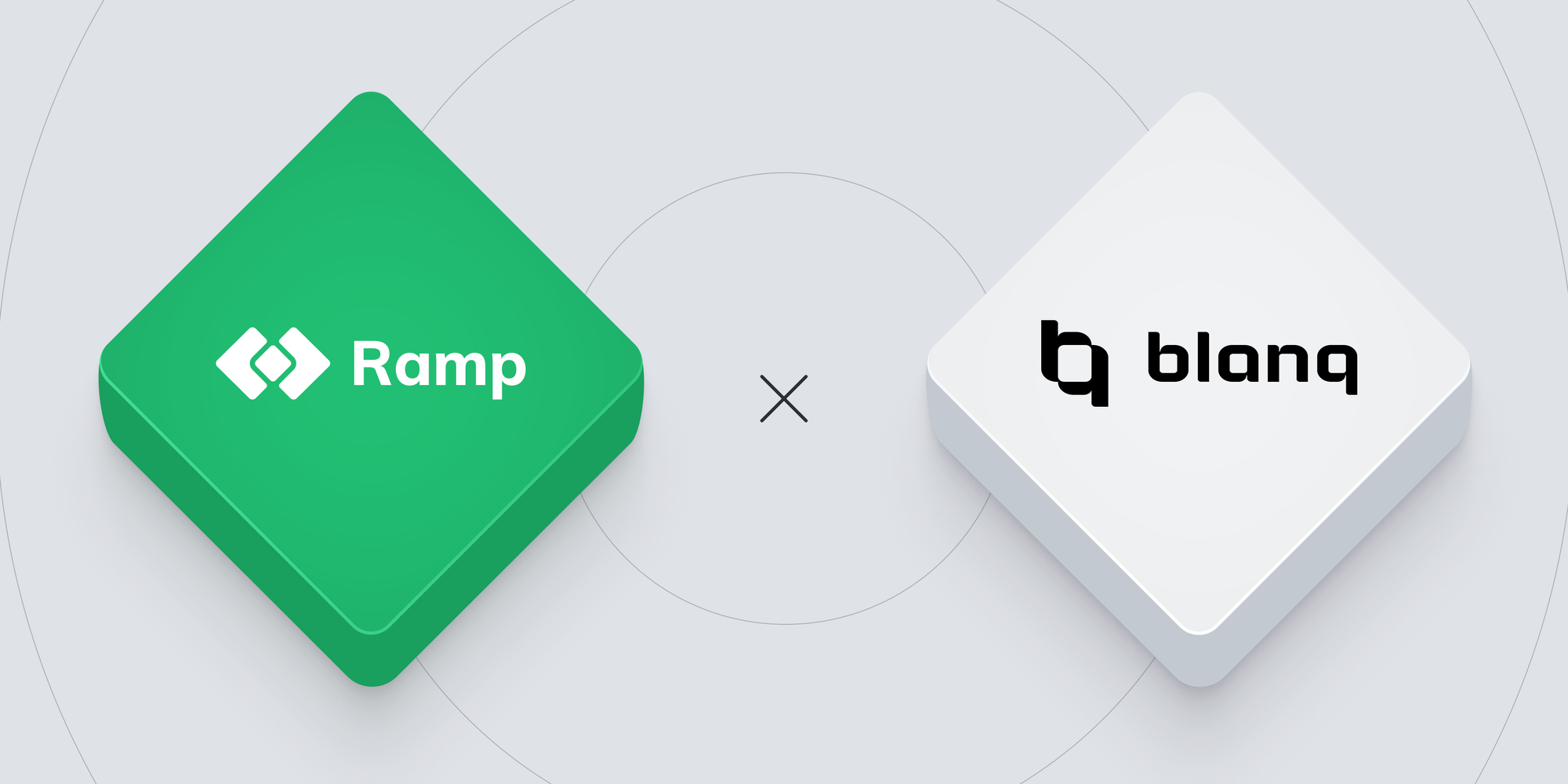The Dangers of Malware and Software Wallets



The Dangers of Malware and Software Wallets: Highlighting potential threats and how users can protect themselves.
- Introduction
- Understanding Software Wallets
- What is Malware?
- Common Malware Threats Targeting Software Wallets
- How Malware Threatens Software Wallet Security
- Best Practices to Protect Software Wallets from Malware
- Advanced Security Measures for the Tech-Savvy
- What to Do If You Suspect a Malware Compromise
- The Role of the User in Software Wallet Security
- Conclusion
TLDR; As cryptocurrencies gain popularity, secure storage is a top priority. This article explores malware threats to software wallet security, covering keyloggers, clipboard hijackers, trojans, and ransomware. We detail how malware can compromise software wallets and provide best practices for protection, including regular updates and advanced security measures. Discover how to respond to a malware compromise and understand your role in software wallet security. Stay vigilant and prioritize security in the digital age.

Introduction: The Rise in Cryptocurrency Popularity
The world of cryptocurrencies has seen an unprecedented surge in popularity, with digital assets becoming more integral to our daily lives. As the cryptocurrency market continues to expand, so does the importance of secure storage solutions. A crucial aspect of this security is the safeguarding of your private keys, the keys to your digital kingdom. In this article, we focus on the intersection of malware threats and software wallet security. Understanding these threats is paramount to ensure the safety of your digital assets. Let's dive into the details.
1. Understanding Software Wallets
The Role of Software Wallets
First, let's establish what a software wallet is and its primary function within the cryptocurrency ecosystem. A software wallet is a digital application or program that enables users to manage, store, and interact with their cryptocurrencies. They provide a user-friendly digital space for cryptocurrency holders to send and receive digital assets, monitor their balances, and execute various functions associated with their holdings.
Their Popularity and Accessibility
One of the reasons software wallets have gained immense popularity is their accessibility. They are designed to be user-friendly and easily accessible, making them a preferred choice for both beginners and experienced users. Software wallets are accessible across various devices, including smartphones, tablets, and desktop computers, ensuring that users can manage their digital assets from anywhere.
2. What is Malware?
Unmasking Malware
Malware, short for malicious software, is a broad term encompassing a variety of intrusive software programs created with nefarious intent. The primary objective of malware is to infiltrate, damage, or gain unauthorized access to computer systems, often causing significant harm to users' data, devices, or networks. In the context of cryptocurrencies, malware poses a severe threat to digital assets, as it can specifically target and exploit software wallets to access private keys and steal funds.
Malware's Threat to Software Wallets
Malware's capacity to threaten software wallet security stems from its ability to compromise the integrity of the wallet and the device on which it is installed. It can target and exploit vulnerabilities within software wallets, ultimately leading to the extraction of private keys or mnemonic phrases. Once in possession of these critical security elements, malware can facilitate unauthorized transactions, transferring digital assets to the attacker's control. The gravity of such incidents is compounded by the irreversible nature of cryptocurrency transactions. Furthermore, malware can manipulate the functionality of wallet software, creating deceptive interfaces that misguide users or block their access.
A Glimpse into Crypto-Malware History
To truly appreciate the extent of the malware threat, it is essential to recognize its history within the cryptocurrency space. Over the years, various forms of malware have targeted digital assets, with notable incidents leaving a lasting impact on the community. Understanding these historical events provides valuable insights into the evolution and persistence of the malware threat.
3. Common Malware Threats Targeting Software Wallets
The Silent Keyloggers
One of the most notorious forms of malware targeting software wallets is the keylogger. Keyloggers are stealthy software programs designed to record every keystroke made on an infected device, effectively capturing passwords, private keys, and other sensitive information. This malicious software covertly collects data and sends it to an attacker, granting them access to the victim's cryptocurrency holdings.
Clipboard Hijackers: Tampering with Transactions
Clipboard hijackers are a cunning breed of malware that focus on manipulating copied cryptocurrency addresses. When a user copies a crypto address to initiate a transaction, the clipboard hijacker alters the copied address. As a result, the victim unknowingly sends their digital assets to an address controlled by the attacker. This deception leads to the diversion of funds, often with no recourse for recovery.
Trojans: Masters of Deception
Trojans are a deceptive form of malware that often disguise themselves as legitimate software applications. Once installed on a device, trojans can steal information, including private keys and wallet access credentials. Additionally, they may provide attackers with remote access to the victim's device, allowing for further data theft and manipulation.
Ransomware's Cryptocurrency Extortion
Ransomware is a particularly menacing form of malware that encrypts a user's data, rendering it inaccessible until a ransom is paid to the attacker. Ransomware attackers typically demand payment in cryptocurrency to decrypt the victim's data. Falling prey to ransomware can result in significant financial losses, especially when the ransom is paid and data remains locked.
4. How Malware Threatens Software Wallet Security
The Private Key Extraction Game
To comprehend the full extent of the malware threat, it is crucial to explore how it goes about compromising software wallet security. The primary objective of many malware strains is to extract private keys, the most critical element of cryptocurrency security. Once in possession of these private keys, attackers gain control over the associated cryptocurrency funds, enabling unauthorized transactions and transfers.
Unauthorized Transactions and Irreversible Loss
The consequences of malware compromising software wallets can be devastating. The unauthorized transactions initiated by attackers are irreversible, meaning that once funds are transferred, there is no mechanism to reverse or recover the assets. The irreversibility of these transactions underscores the critical importance of preventing malware compromise in the first place.
Manipulating Wallet Software
In addition to extracting private keys, malware can manipulate the functionality of wallet software. This manipulation can take several forms, including altering transaction details, providing deceptive information to the user, or blocking access to the wallet altogether. By creating misleading interfaces and functionality, malware can misguide users into making unintended transactions or simply preventing access to their digital assets.
5. Best Practices to Protect Software Wallets from Malware
The Power of Regular Updates
To protect your software wallet from malware, you must stay vigilant and proactive. One of the fundamental steps is to ensure that both your wallet software and operating system are regularly updated. Software updates often contain patches to known vulnerabilities, making it significantly harder for malware to exploit these weaknesses.
Armed with Antivirus and Anti-Malware Tools
Equipping your device with reliable antivirus and anti-malware tools is another layer of defense against malicious software. These tools can detect and remove malware before it has a chance to compromise your system or software wallet. Ensure that your security tools are updated to identify the latest malware threats effectively.
Multi-Factor Authentication: An Added Shield
Multi-factor authentication (MFA) is an invaluable addition to your software wallet security. MFA requires users to provide two or more forms of identification before gaining access to their wallet. This added layer of security significantly reduces the risk of unauthorized access, even if malware manages to compromise your device.
Beware of Suspicious Links and Unverified Sources
Vigilance is the cornerstone of protecting your software wallet from malware. Avoid clicking on suspicious links, downloading files from unverified sources, or installing software from untrustworthy websites. These behaviors can significantly reduce the risk of malware infiltration.
6. Advanced Security Measures for the Tech-Savvy
Isolating Wallets from Threats with Sandboxing
For the more tech-savvy users, sandboxing is a valuable technique to isolate software wallets from potential threats. Sandboxing creates a controlled environment in which the software wallet operates, preventing malware from accessing other parts of your system.
Using Dedicated Devices and Virtual Machines
Some users opt for dedicated devices or virtual machines solely for cryptocurrency management. These isolated environments are less susceptible to malware and offer an added layer of security.
Shielding from Remote Attacks with Network Security Measures
Employing network security measures, such as virtual private networks (VPNs) and firewalls, can help protect your software wallet from remote attacks. VPNs encrypt your internet connection, enhancing your privacy and security when interacting with your wallet.
7. What to Do If You Suspect a Malware Compromise
Swift Response: Isolate and Disconnect
If you suspect that your device has been compromised by malware, take immediate action. Isolate the affected device from your network and disconnect it from the internet. This step prevents malware from communicating with its remote command center and limits further damage.
Scanning and Eliminating Threats
Once the device is isolated, use reputable security tools to scan and identify the malware. Remove the identified threats to prevent any further damage to your wallet or device.
Transferring Funds Securely
If you confirm that your wallet has been compromised, it's essential to transfer your cryptocurrency holdings to a new, secure wallet. This ensures that the compromised wallet cannot be used for unauthorized transactions or theft.
Seeking Expert Assistance
If you are unsure about how to proceed or require additional assistance, do not hesitate to seek help from security experts or cryptocurrency professionals. Their expertise can guide you in addressing the situation effectively.
8. The Role of the User in Software Wallet Security
User Vigilance and Education
One of the most crucial elements of software wallet security is the vigilance and education of the user. Staying informed about the latest malware threats and countermeasures is essential to maintaining the security of your digital assets.
Staying Informed: The User's Responsibility
Users must understand the ever-evolving nature of malware threats. Keeping up to date with the latest developments in the cybersecurity field is an ongoing responsibility.
Prioritizing Security Over Convenience
In the world of cryptocurrencies, the balance between convenience and security is a constant challenge. While convenience is essential, prioritizing security is paramount. Users must adopt practices that place the safety of their digital assets above all else.
Conclusion: Empowering Users for Effective Protection
The dangers of malware are ever-present in the digital age, posing a severe threat to software wallet users and their digital assets. However, by remaining proactive, vigilant, and informed, users can significantly enhance their security posture and safeguard their cryptocurrency holdings. The intersection of malware threats and software wallet security is a critical battleground in the ongoing struggle to protect the digital assets that have become an integral part of our lives.
References

